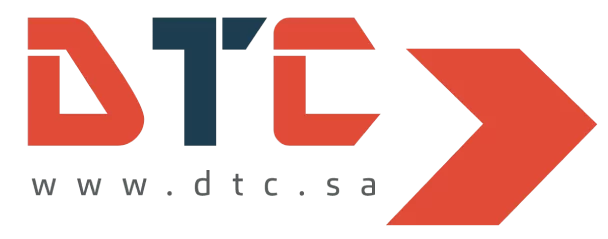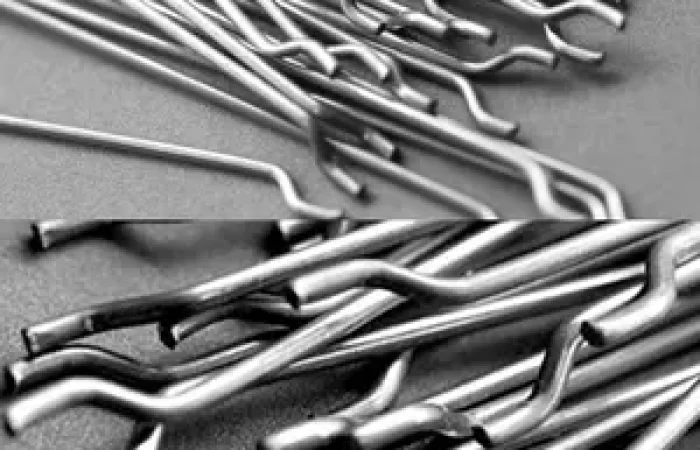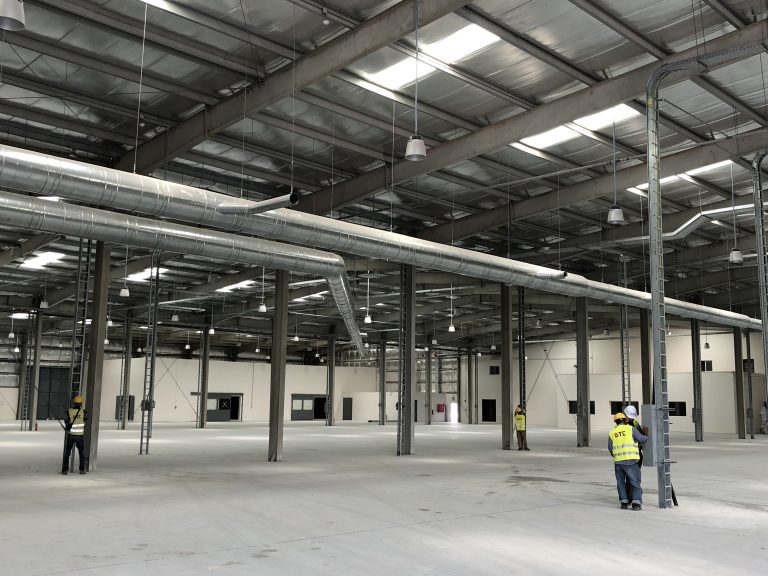Steel fiber supplier in saudi arabia
Steel fibers are an essential part of the construction industry. They are used in a variety of applications, from reinforcement to insulation. And while they are most commonly used in concrete, they can also be used in asphalt, masonry, and even shotcrete. If you’re in need of a steel fiber supplier in Saudi Arabia, look no further than Intex. We are a leading provider of steel fibers and other construction materials. We offer a wide range of products to meet your needs, so you can rest assured that you’ll find what you’re looking for with us forcetech steel fiber .
Steel Fibre – an overview
Steel Fibre – an overview
As the name suggests, steel fibres are small strands of steel that are used in a variety of applications. They can be used as reinforcement in concrete and asphalt, or as a standalone material. Steel fibres have a number of advantages over traditional reinforcement materials like rebar or wire mesh. They provide superior performance in terms of tensile strength, ductility, and toughness. They also have excellent resistance to fire and corrosion.
Steel fibres are typically manufactured from low carbon steel wire that is drawn through a die to create the desired fibre size and shape. The most common shapes are truncated cone, dog-bone, and crimped. The choice of shape is dictated by the intended application. For example, truncated cone shaped fibres are typically used for industrial flooring applications where dog-bone shaped fibres are more commonly used in civil engineering applications like bridges and dams.
One of the key benefits of steel fibres is their ability to control cracking in concrete. Concrete is a natural brittle material that is prone to cracking under load or when exposed to extreme temperature changes. By dispersing steel fibres throughout the concrete mix, tiny cracks can be prevented from propagating and causing structural damage. This results in a much more durable final product with a significantly extended lifespan.
Another benefit of steel fibres is their improved abrasion resistance. This makes them ideal for use in flooring applications where there is high foot traffic
What is Steel Fiber?
steel fibers are short, mostly less than 12 mm in length and only a few microns in diameter. They can be made from various grades of steel and alloyed with other metals. The primary function of steel fibers is to reinforce concrete and other composite materials.
Concrete is the most widely used construction material in the world, but it has some serious limitations. It is very strong in compression but weak in tension. This means that concrete structures are prone to cracking under load or when subject to vibration.
Steel fibers can be added to concrete to dramatically improve its tensile strength and toughness. This makes steel-reinforced concrete an ideal material for applications where high strength and durability are required, such as bridges, parking garages, highways, and buildings.
There are two main types of steel fibers: woven and unbonded. Woven steel fibers are made by interlacing strands of steel wire or strip into a cloth-like fabric. Unbonded steel fibers are individual strands of steel that have been cut to length but not interwoven.
What are steel fibers used for?
Steel fibers are used as a reinforcement material in concrete and other composite materials. They are used to increase the strength and durability of the materials, and to improve the performance of the finished product. In Saudi Arabia, steel fibers are used in a variety of applications, including:
– Construction: Steel fibers are used to reinforce concrete structures such as buildings, bridges, and dams.
– Transportation: Steel fibers are used to reinforce concrete roadways and railways.
– Industrial: Steel fibers are used to reinforce concrete floors and walls in industrial facilities.
– Sports: Steel fibers are used to reinforce concrete surfaces in sports facilities such as stadiums and arenas.
Why is steel fiber used in concrete?
When it comes to construction, concrete is one of the most widely used materials. And while it is strong in its own right, concrete can be made even stronger by adding steel fibers. Steel fibers are small pieces of steel that are added to the wet concrete mix. They can come in different lengths and thicknesses, and they are often used in conjunction with other reinforcement materials like rebar or wire mesh.
There are a number of reasons why steel fiber reinforcement is used in concrete. First, steel fibers can improve the flexural strength of concrete, meaning it can better resist cracking under bending forces. This makes it ideal for use in floors and slabs that will experience heavy loads or traffic. Additionally, steel fibers can also increase the impact resistance of concrete, making it more resistant to damage from things like falling debris or vehicular traffic. And finally, steel fibers can help improve the freeze-thaw resistance of concrete, meaning it won’t crack or spall as easily when exposed to repeated cycles of freezing and thawing.
Overall, steel fiber reinforcement can significantly improve the performance of concrete in a variety of applications. If you’re looking for a way to make your concrete project even stronger and more durable, talk to your local concrete supplier about adding steel fibers to the mix.
How strong is steel fiber?
steel fibers are one of the most important materials used in construction and engineering. They have a wide range of applications, from reinforcing concrete to making bulletproof vests. But how strong are they?
The answer depends on the type of steel fiber. There are three main types of steel fibers: high-strength, low-strength, and medium-strength. High-strength steel fibers have the highest tensile strength and can be used for applications that require high levels of strength, such as reinforcement in concrete structures. Low-strength steel fibers have lower tensile strength and are typically used for applications that don’t require as much strength, such as making bulletproof vests. Medium-strength steel fibers fall somewhere in between high- and low-strength steel fibers in terms of tensile strength.
In general, high-strength steel fibers have a higher carbon content than low-strength steel fibers. This makes them stronger and more durable but also more brittle. Low-strength steel fibers have a lower carbon content and are more ductile, meaning they’re less likely to break but also not as strong as high-strength steel fibers. Medium-strength steel fibers have an intermediate carbon content between high- and low-strength steel fibers.
The type of steel fiber you need will depend on the application you’re using it for. If you need a strong reinforcement material for a concrete structure, you’ll want to use high-strength steel fibers. If you need a material that’s
How are steel Fibres defined?
Steel Fibres are defined as small, discrete lengths of steel that are added to concrete to improve its properties. Steel Fibres can be either circular or rectangular in cross-section and are typically produced from high-strength steel wire or sheet. They can be used to reinforce concrete in a number of ways, including:
– To increase the flexural strength of concrete
– To improve impact resistance
– To control cracking
– To reduce shrinkage and thermal stresses
What is steel fiber made of?
The steel fibers that we use in our products are made from high-quality, low-carbon steel. This type of steel is known for its strength and durability, making it an ideal choice for a wide range of applications. The steel fibers are made using a process called drawing, which involves passing the steel through a series of dies to achieve the desired shape and size.
Is fiber stronger than steel?
Fiber is stronger than steel for a variety of reasons. For one, steel is an alloy, which means that it is composed of several different metals. These metals are bound together by a chemical process, which makes the final product less strong than if the metals were in their pure form. Fiber, on the other hand, is a single material that is not combined with anything else. This makes it stronger and more durable than steel.
In addition, fiber is also much lighter than steel. This means that it can be used in applications where weight is a critical factor, such as in aeronautical engineering. Steel’s weight also limits its usefulness in many other applications.
Finally, fiber is also resistant to corrosion and wear-and-tear better than steel. This means that it will last longer and require less maintenance over time. For all these reasons, fiber is the superior material when compared to steel.
Which fiber is best for concrete?
The answer to this question depends on the specific application for which the concrete will be used. For example, if the concrete will be subject to high levels of stress, then a steel fiber may be the best option. However, if the concrete will not be under high levels of stress, then another type of fiber may be a better choice.
Does fiber add strength to concrete?
Concrete is a composite material made up of cement, water, sand, and gravel. It is one of the most widely used construction materials in the world. The addition of steel fibers to concrete can improve its strength and durability.
Concrete is typically very strong in compression but weak in tension. This means that it can withstand a lot of weight without breaking, but it can crack if something pulls on it too hard. The inclusion of steel fibers helps to reinforce concrete and make it more resistant to cracking.
The use of steel fibers in concrete was first developed in the 1950s. It has since become a widely used practice in the construction industry. Steel fibers can be added to both ready-mixed concrete and site-mixed concrete. They are usually added at the time of mixing, either by the contractor or supplier.
The amount of steel fibers used varies depending on the application. For example, concrete that will be used for floors or roads will typically contain more steel fibers than concrete that will be used for walls or ceilings. The type of steel fiber also affects the properties of the finished concrete. For instance, rectangular steel fibers tend to provide better resistance to cracking than round ones.
While the addition of steel fibers can improve the strength and durability of concrete, it is important to note that they cannot completely prevent cracking. Concrete will still crack under extreme conditions such as excessive loading or sudden changes in temperature. However, cracks will generally be smaller and less
Where do you put steel fibers in concrete?
There are three main ways to place steel fibers in concrete: surface broadcasting, mixing steel fibers into the concrete mixture, and pre-placing steel fibers before pouring concrete. The most common method is surface broadcasting, which involves sprinkling the steel fibers onto the surface of the fresh concrete. This method is typically used for smaller projects where a uniform distribution of steel fibers is desired.
For larger projects, mixing steel fibers into the concrete mixture is often used. This ensures that the steel fibers are evenly distributed throughout the concrete. To do this, the steel fibers must be added to the mixer along with the other dry ingredients before any liquid is added. Once all of the ingredients are in the mixer, the concrete can be poured as usual.
Pre-placing steel fibers before pouring concrete is another option, but it is not as common as surface broadcasting or mixing them into the concrete mixture. This method involves laying out the steel fibers on top of a prepared subbase before adding fresh concrete on top. Once all of thesteel fibers are in place, fresh concrete can be poured over them.
How steel fiber reinforced concrete is made?
The process of making steel fiber reinforced concrete is not very different from the process of making regular concrete. The main difference is that steel fibers are added to the mix in order to reinforce it. The steel fibers can be either pre-formed or post-tensioned. Pre-formed steel fibers are simply cut to length and then added to the concrete mix. Post-tensioned steel fibers are first anchored in place and then tensioned before being added to the concrete mix.
The amount of steel fibers used in a concrete mix is typically quite small, around 1% by volume. This means that a typical cubic yard of concrete (27 cubic feet) would contain around 270 pounds of steel fibers. The vast majority of the weight ofsteel fiber reinforced concrete comes from the aggregate, which makes up 70-80% of the total volume.
Once the steel fibers have been added to the mix, the concrete is mixed and placed just like any other type of concrete. The mixing time is slightly longer with steel fiber reinforced concrete, due to the need to evenly distribute the fibers throughout the mix. Placement is also slightly different, as special care must be taken to avoid damaging the fibers during placement and finishing.
What is steel Fibre reinforced concrete used for?
Steel Fibre Reinforced Concrete (SFRC) is a composite material consisting of concrete with reinforcing steel fibers distributed throughout. The steel fibers provide reinforcement against cracking and improve the strength and ductility of the concrete. SFRC is used in a variety of applications where high strength and/or crack resistance is required, such as in floors, bridges, dams, and offshore structures.
What are the advantages of fiber-reinforced concrete?
There are many advantages to using fiber-reinforced concrete (FRC). It is a high-strength, durable material that is resistant to cracking and is easy to work with. Additionally, FRC can be used in a variety of applications, including structural, architectural, and industrial.
Some of the advantages of FRC include:
1. High strength and durability: Fiber-reinforced concrete is a very strong and durable material. It is resistant to cracking and can withstand high loads. Additionally, it has a long lifespan and is low maintenance.
2. Easy to work with: Fiber-reinforced concrete is easy to work with. It can be cast into any shape and molded to fit any design. Additionally, it sets quickly and dries quickly.
3. Versatile: Fiber-reinforced concrete can be used in a variety of applications, including structural, architectural, and industrial. It can be used for foundations, walls, floors, roofs, beams, columns, pipes, tanks, sidewalks, driveways, bridges, roads, dams, and more.
4. Economical: Fiber-reinforced concrete is an economical choice for construction projects. It is cost-effective and requires less labor than traditional methods of construction. Additionally, it does not require special equipment or tools for installation
Basic principles and best practices of steel fibre
When it comes to steel fibres, there are some basic principles and best practices that all suppliers should follow in order to ensure the highest quality product. Here at Steel Fiber Supplier, we adhere to these standards so that our customers can be confident they are receiving the best possible product.
The first principle is to use high-quality steel when manufacturing steel fibres. This ensures that the finished product is strong and durable, able to withstand the rigours of any construction project. We only use the best steels available on the market, sourced from reputable suppliers.
The second principle is to control the manufacturing process from start to finish. We have our own factory where we produce our steel fibres, meaning we can oversee every step of the process. This allows us to ensure that each fibre meets our high standards before it leaves our premises.
The third and final principle is to test each batch of steel fibres before they are sent out to our customers. We have a dedicated team of quality control experts who carry out extensive testing on every batch we produce. This ensures that our products meet all safety and quality standards before they reach our clients.
Steel Fiber Reinforced Concrete | Mix Design
The mix design of steel fiber reinforced concrete (SFRC) is similar to that of conventional concrete. The main difference is the addition of steel fibers to the mix. The amount and type of steel fibers used will vary depending on the desired properties of the final product.
The most important factor in designing a successful SFRC mix is the selection of an appropriate binder. The binder must be able to wet out the steel fibers and form a strong bond with them. Common binders used for SFRC include Portland cement, fly ash, and slag cement.
Once the binder has been selected, the other ingredients of the mix must be chosen to achieve the desired properties. For example, if high strength is required, a high-strength aggregate such as gravel or crushed stone should be used. If durability is a concern, then resistant aggregates such as quartz or granite should be chosen.
The water-to-binder ratio is also an important consideration in mix design. A lower water-to-binder ratio will produce a stronger concrete, but it may be more difficult to work with. A higher water-to-binder ratio will produce a more workable concrete, but it will not be as strong.
Once all of the ingredients have been selected, they must be properly proportioned. The amount of each ingredient in the mix must be carefully balanced to achieve the desired properties. This can be done by weight or by volume.














